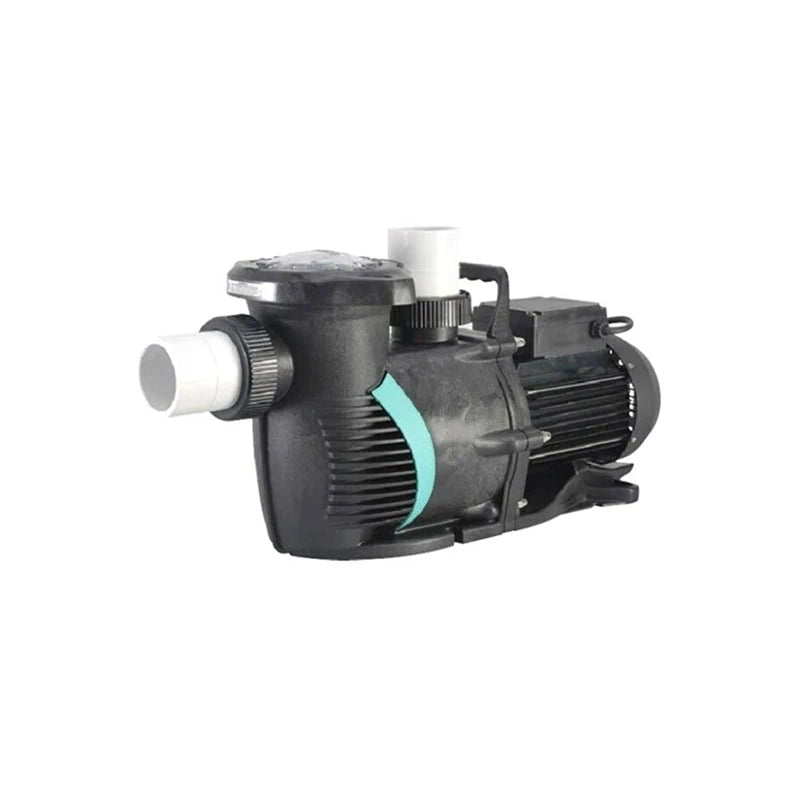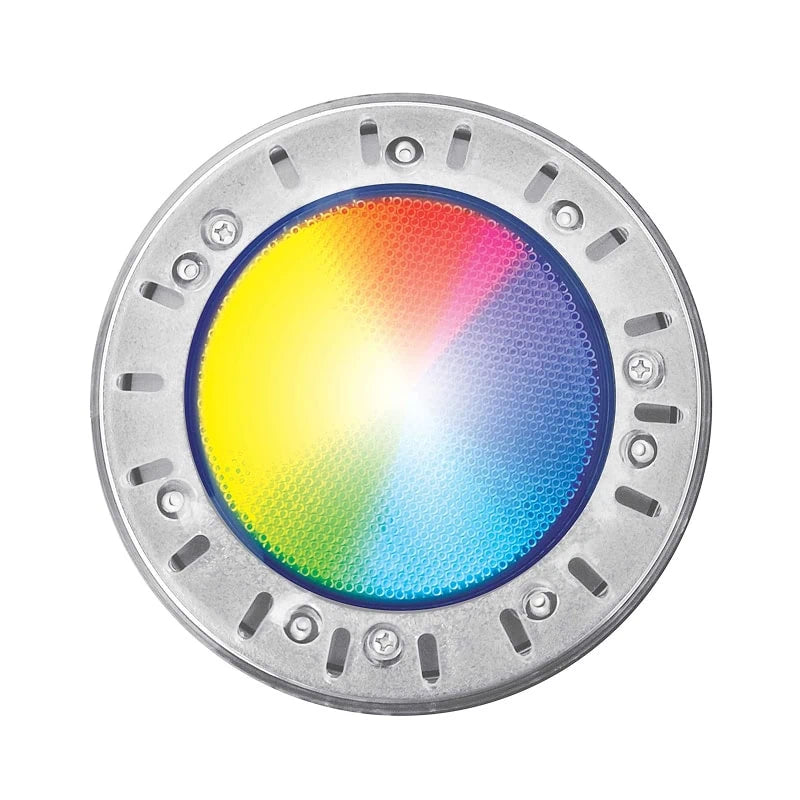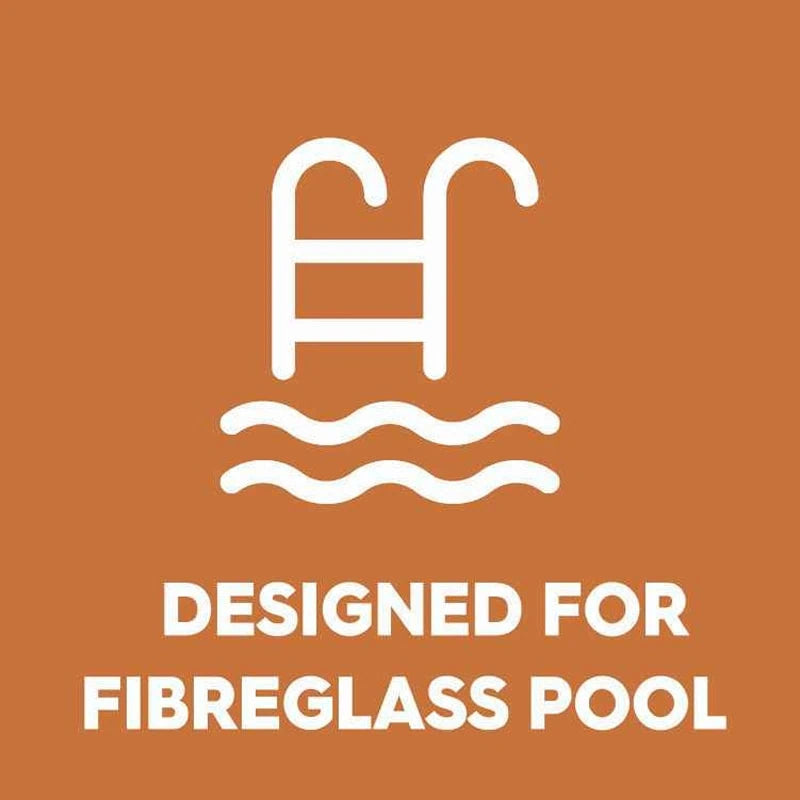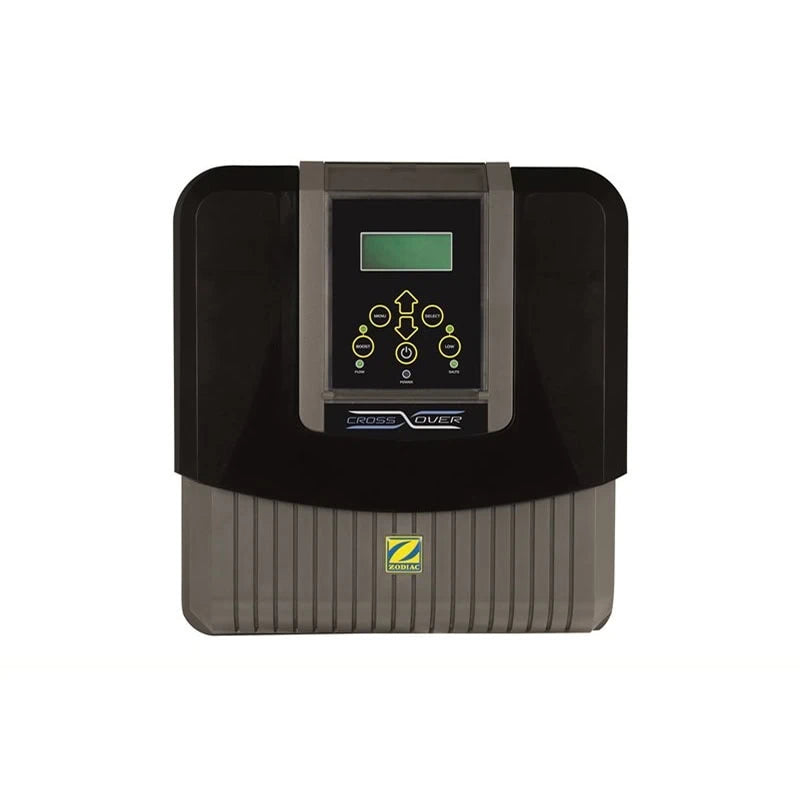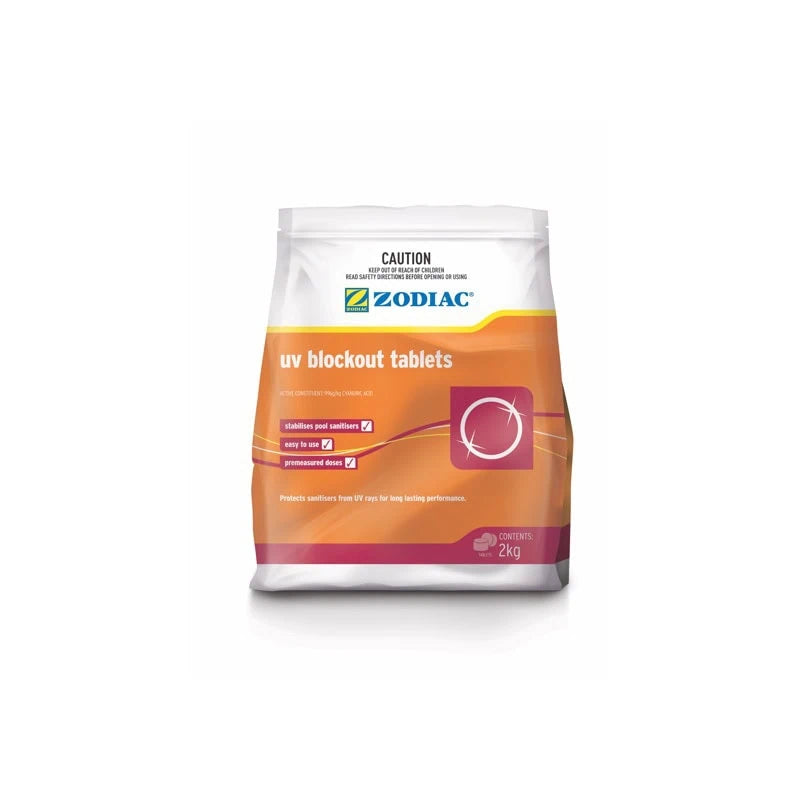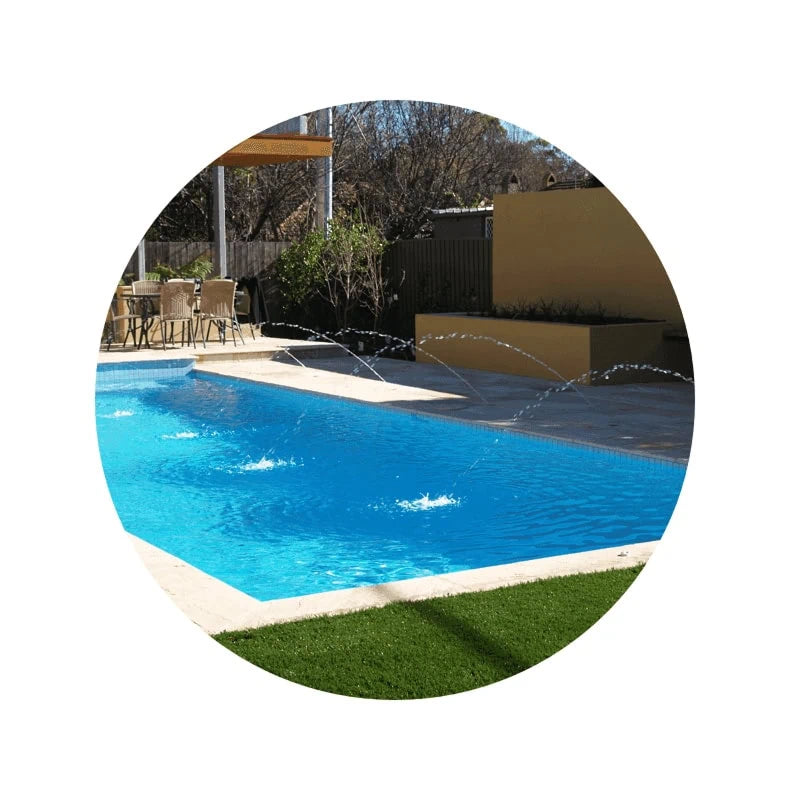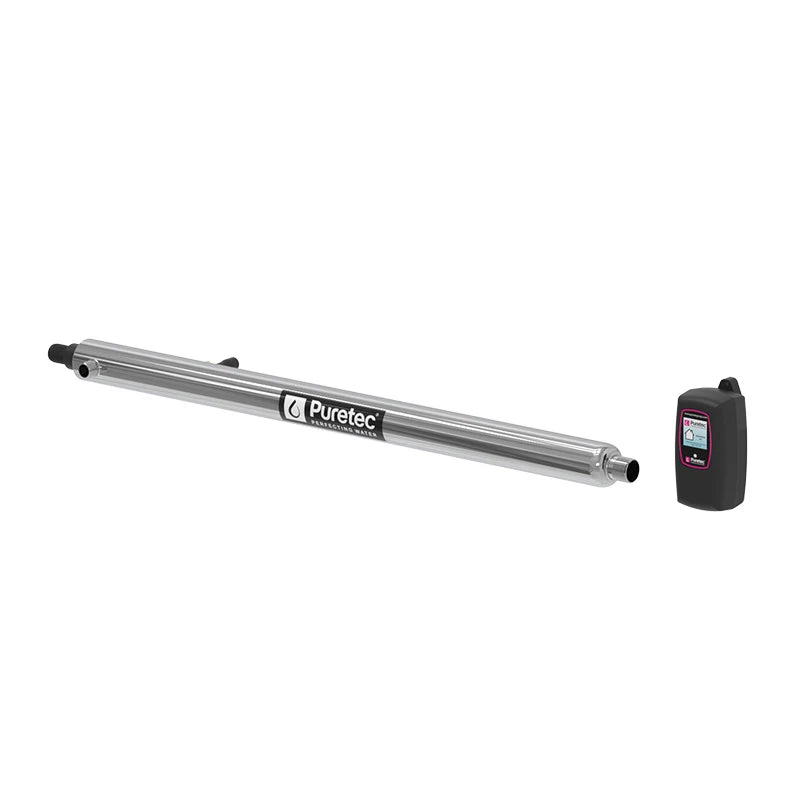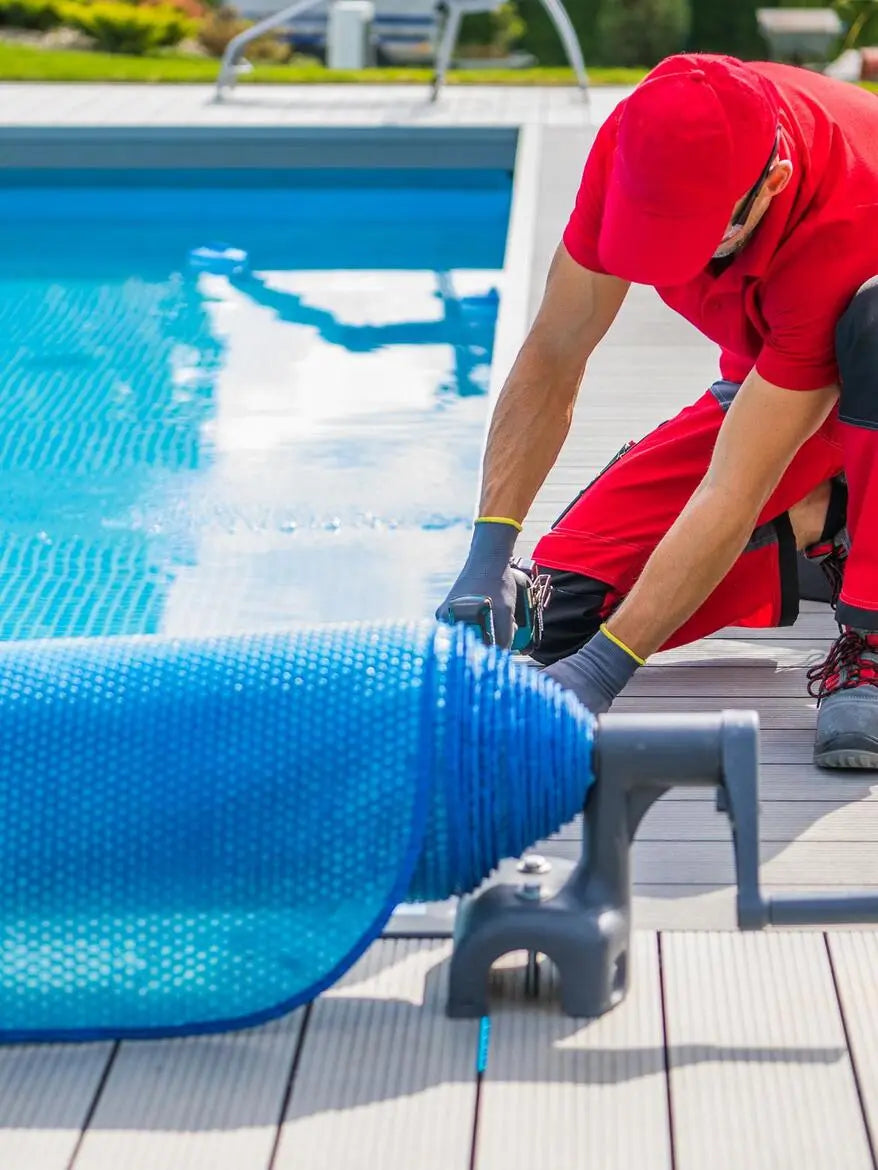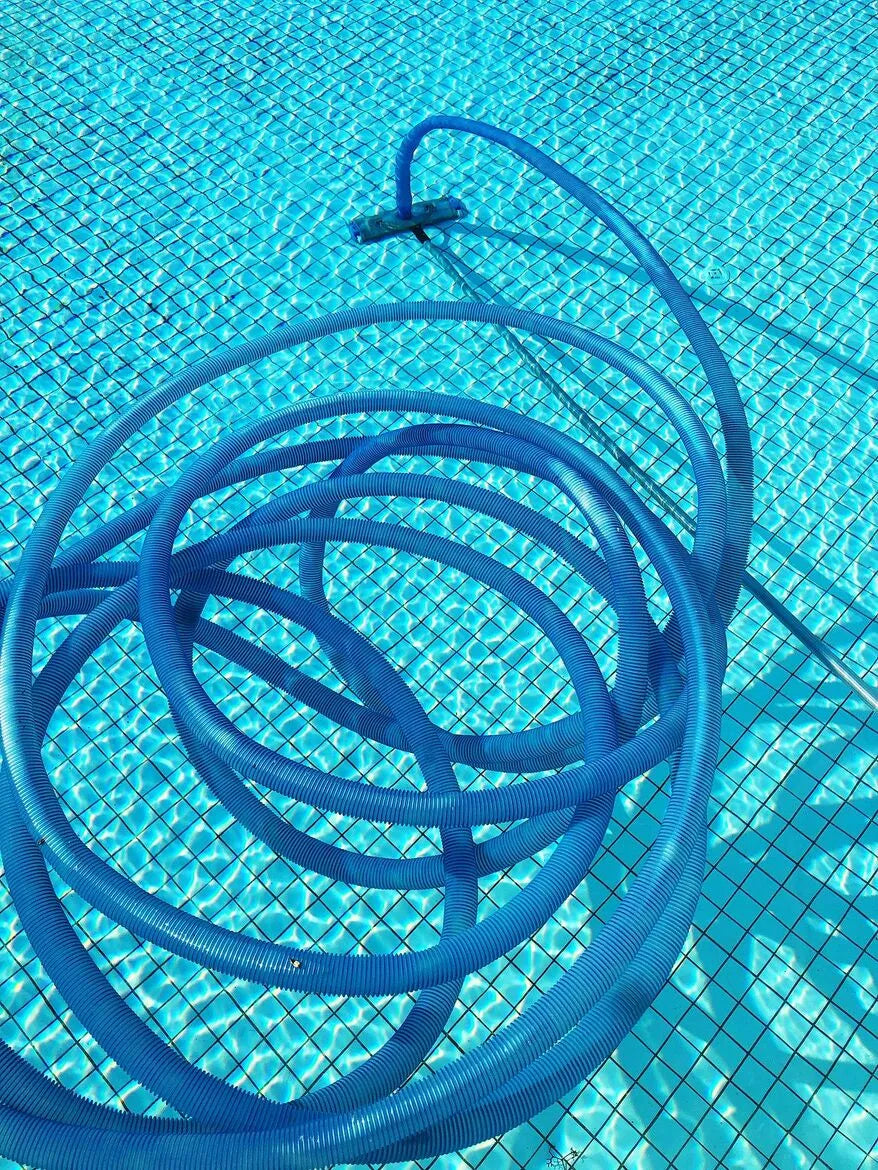Fibreglass Pool Shell vs Concrete

Fibreglass pools provide faster installation, reduced upfront costs, and smooth, non-porous surfaces that limit algae growth, resulting in lower maintenance and chemical use compared to concrete pools. On the other hand, concrete pools allow greater flexibility in size and shape, offer a highly durable finish that withstands impact and severe weather, but come with higher expenses, extended installation periods, and increased long-term upkeep due to their porous surfaces.
If you’re serious about building a pool, this is the fork in the road where most homeowners get stuck: fibreglass or concrete? Both have been around for decades, both can create beautiful pools, and both can last a lifetime if done right. But that’s where the similarities end.
The choice is about lifestyle, budget, maintenance tolerance, and even how patient you are. Let’s dig in.
Key Takeaways
- Fibreglass pool shells install fast (3–7 days), are low-maintenance thanks to their smooth gelcoat, and generally cost less upfront and over time.
- Concrete pool shells take longer (3–6 months) but offer unlimited design freedom, custom finishes, and a premium look.
- Maintenance differs: fibreglass resists algae and requires fewer chemicals, while concrete needs more brushing, chemicals, and resurfacing every 10–15 years.
- Durability: fibreglass is flexible and handles ground movement well; concrete is stronger overall but rigid and can crack in unstable soils.
- Which to choose: Fibreglass suits most families seeking speed, simplicity, and cost control. Concrete suits homeowners wanting a custom, luxury statement pool.
Fibreglass Pool Shells
Fibreglass pools are pre-moulded shells built in a factory, delivered in one piece, and craned into place.
Why people choose fibreglass:
- Speed: You can be swimming in as little as a week once the hole is dug.
- Low maintenance: The gelcoat surface is smooth and non-porous, which means less algae, fewer chemicals, and less scrubbing.
- Durability: Flexible enough to handle some ground movement without cracking.
- Style range: Dozens of sizes and shapes in catalogues — from plunge to lap pools — though you’re limited to what’s offered.
💡Expert opinion: Fibreglass shells are like buying a car off the lot — you pick a model, choose a colour, and it arrives ready to go. The trade-off? You can’t custom-build one from scratch.
If you’re still unsure about the basics, start with our guide: what is a pool shell? It explains the role of the shell and why it’s the foundation of every pool.
Concrete Pool Shells
Concrete pools are built onsite — excavated, reinforced with steel, sprayed with shotcrete, and finished with plaster, tiles, or pebblecrete.
Why people choose concrete:
- Unlimited design: Any size, shape, or depth is possible. Want an L-shape, an infinity edge, or a pool with integrated spa? Concrete makes it happen.
- Premium finishes: Full tiling, pebble, or custom surfacing give a high-end look.
- Longevity: The shell itself can outlast most homes with proper care.
What to keep in mind:
- Takes 3–6 months to build, which means living through noise, dust, and trades.
- Surfaces need resurfacing every 10–15 years.
- More porous = more algae = higher chemical and cleaning costs.
💡Expert opinion: Concrete is the “blank canvas” of pools. If your vision is truly unique, or you’re building a forever home, concrete pays off. But patience, budget, and upkeep are part of the deal.
Fibreglass Pool Shell vs Concrete: Side-by-Side Comparison
|
Feature |
Fibreglass Pool Shell |
Concrete Pool Shell |
|
Installation Time |
3–7 days |
3–6 months |
|
Customisation |
Limited to catalogue |
Unlimited |
|
Surface |
Smooth gelcoat, non-porous |
Pebble, plaster, or tile (porous unless tiled) |
|
Maintenance |
Low — resists algae |
Higher — needs more brushing & chemicals |
|
Durability |
Flexible, resists ground shift |
Extremely strong but rigid, may crack on unstable soil |
|
Lifespan |
30–40 years, minimal resurfacing |
Shell lasts decades, finishes need resurfacing |
|
Cost (Initial) |
Generally lower for standard sizes |
Generally higher due to labour & materials |
|
Cost (Long-term) |
Lower upkeep |
Higher maintenance + resurfacing |
Which Should You Choose?
The answer depends on what matters most:
- Backyard size & access: If cranes can’t reach, concrete might be your only option.
- Timeline: Want to be swimming this summer? Fibreglass is the clear winner.
- Design vision: If you dream of a custom shape or infinity edge, concrete is worth it.
- Maintenance tolerance: Fibreglass saves hours of cleaning and years of chemical costs.
- Budget: Fibreglass wins for upfront + long-term costs. Concrete suits those who see the pool as a long-term luxury investment.

Why Fibreglass Wins for Most Homeowners
For the majority of families, fibreglass ticks more boxes: fast to install, easy to maintain, durable, and cost-effective. It may not offer infinite design freedom, but most homeowners find a shell in the catalogue that suits their space and style.
Concrete shines when you want something unique, dramatic, or one-of-a-kind. But if you’re after a pool that simply works — without months of building delays or years of heavy upkeep — fibreglass is usually the smarter choice.
If you’re exploring all options, first review the types of pool shells.
Fibreglass Pool Shell vs Concrete: Make the Smart Choice
Both options can deliver an incredible backyard pool.
- Fibreglass = speed, simplicity, and low upkeep.
- Concrete = freedom, premium finishes, and patience required.
Still unsure? Pool Tools can guide you through both fibreglass and concrete pool shell options, helping you match the right type to your budget and lifestyle.

Pool Tools Team
We’re here to share expert advice, practical tips, and clear guides to help you choose, build, and maintain your pool with confidence. From fibreglass shells to everyday equipment, we make pool care simple.

